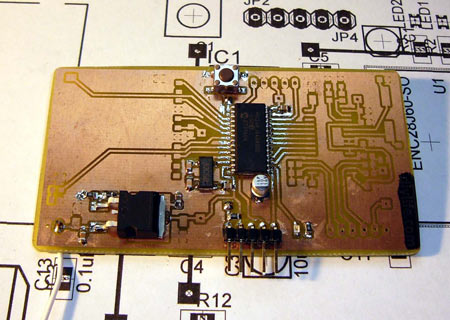
We’ve often wondered what kind of hardware the giant of the internet, Google, used to handle it’s data. They’ve recently revealed what their main workhorses are. It’s a custom motherboard made by Gigabyte with two processors, and eight RAM slots. The main point of interest on these is the fact that each server and piece of network equipment has it’s own battery backup. This may add a little money in the initial cost of the unit, but apparently it is a much more efficient way of handling power. Be sure to click over to the site and check out the shipping container setup that they use. Each container has 1,160 servers. They aren’t the only ones using this method. Microsoft has adopted it for their newer facilities and Sun has done some extensive testing on how these portable facilities handle earthquakes. You can see the quake test after the break.

















